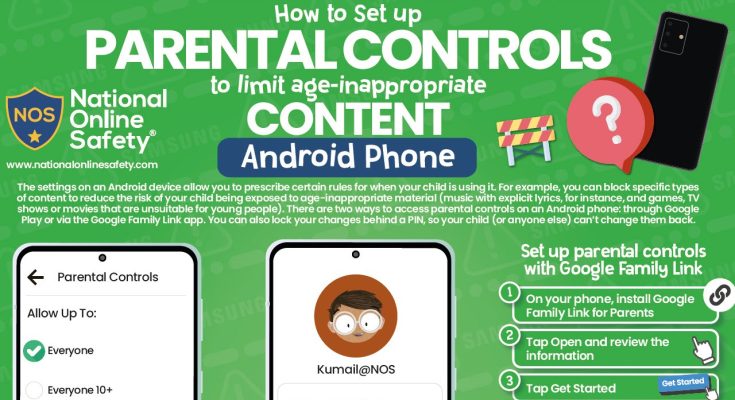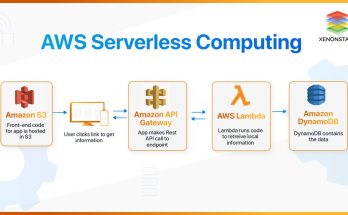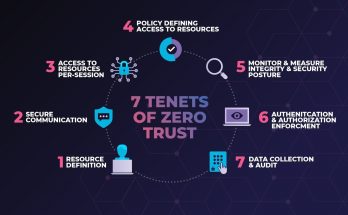Parents today face a challenge that previous generations never had to consider: how to manage children’s access to digital devices. From smartphones and tablets to gaming consoles and smart TVs, children have a wealth of content at their fingertips, some of which may not be age-appropriate or healthy in large doses. Parental controls provide a way to strike a balance, ensuring kids can benefit from the educational and entertainment value of technology while shielding them from potential risks. Setting these controls across devices may feel overwhelming at first, but with the right approach it becomes a practical safeguard that supports both safety and responsible digital habits.
The first step in implementing parental controls is understanding the different ecosystems in which devices operate. A child’s smartphone may run on iOS or Android, their gaming console might be from Sony, Microsoft, or Nintendo, and their home computer could be Windows or macOS. Each platform offers built-in parental control features, and while the terminology and settings differ, the goals are consistent: restrict access to inappropriate content, limit screen time, and manage communication. Familiarizing yourself with these tools on each device ensures that the protective measures are comprehensive rather than piecemeal.
On mobile devices, parental controls are especially critical because of the always-on connectivity and portability. Apple’s Screen Time, for instance, allows parents to set daily limits on app categories, block adult content, and monitor usage. Similarly, Android offers Family Link, a dedicated app that lets parents create supervised accounts, set digital curfews, and approve app downloads. These features not only restrict what children can do but also provide parents with visibility into how much time is being spent and where. That visibility can open the door to productive conversations about balance, responsibility, and the value of offline activities.
Gaming consoles represent another area where controls are essential. Many modern consoles come with online capabilities, including chat features and access to digital marketplaces. Without oversight, children could inadvertently communicate with strangers or make unauthorized purchases. Platforms like PlayStation and Xbox offer parental dashboards that let parents limit playtime, restrict multiplayer interactions, and require approval for downloads or spending. Nintendo Switch has even integrated parental controls into a companion smartphone app, making it easy for parents to manage settings remotely. These features give children freedom to enjoy their favorite games while ensuring the experience remains safe and age-appropriate.
Computers and laptops, often used for both school and entertainment, benefit from parental controls that filter web content and restrict downloads. Windows includes Microsoft Family Safety, which allows parents to set browsing limits, control app access, and even track screen time across multiple devices logged into the same account. On macOS, parents can create managed accounts with restrictions on websites, applications, and communication. By centralizing these settings, parents can reduce the risk of children encountering harmful content while still giving them the tools they need for schoolwork and creative projects.
Smart TVs and streaming platforms are another piece of the puzzle. With so much content available on demand, it is easy for children to stumble onto shows or movies intended for older audiences. Services like Netflix, Disney+, and Amazon Prime Video all offer profiles with age-appropriate content filters, PIN-protected settings, and viewing history logs. Smart TVs themselves often include parental lock features that restrict access to certain apps or channels. Setting up these controls helps ensure that family entertainment remains aligned with household values and avoids awkward situations where children access inappropriate material by accident.
Beyond individual devices, many parents find it helpful to manage controls at the network level. Routers increasingly come with built-in parental features, allowing parents to block specific websites, restrict access during certain hours, or prioritize educational content. This approach provides a broader safety net, covering all devices connected to the home Wi-Fi. It is particularly useful in households with multiple children or where new devices are frequently added, since the rules apply automatically across the entire network.
While the technical setup is important, parental controls should not be seen as a replacement for guidance and conversation. Children are curious, and even the most sophisticated filters are not foolproof. Explaining why certain limits are in place and encouraging open dialogue about online experiences helps build trust and digital literacy. When children understand that parental controls are meant to protect rather than punish, they are more likely to engage responsibly and respect the boundaries set. Parents who pair these tools with active involvement—such as reviewing usage reports together or discussing online behavior—create a healthier digital environment.
It is also worth recognizing that parental controls are not static. As children grow, their needs and maturity levels change, and the restrictions should evolve accordingly. A ten-year-old may need stricter content filters and time limits than a sixteen-year-old preparing for exams and engaging in more independent online activities. Revisiting settings regularly ensures that controls remain appropriate and supportive of development rather than unnecessarily restrictive. This adaptability helps technology grow with the child, preparing them to eventually manage their own digital life responsibly.
In the end, setting parental controls across devices is about creating a layered approach to digital safety. It combines the practical features built into devices, consoles, and networks with the softer skills of communication, trust, and education. Technology provides the tools to block, monitor, and limit, but it is parents who set the tone for how those tools are used. By approaching parental controls not as barriers but as enablers of safe exploration, families can enjoy the benefits of technology without being overwhelmed by its risks. Done thoughtfully, it becomes less about restriction and more about empowerment, equipping children with the skills and environment they need to thrive in a connected world.



